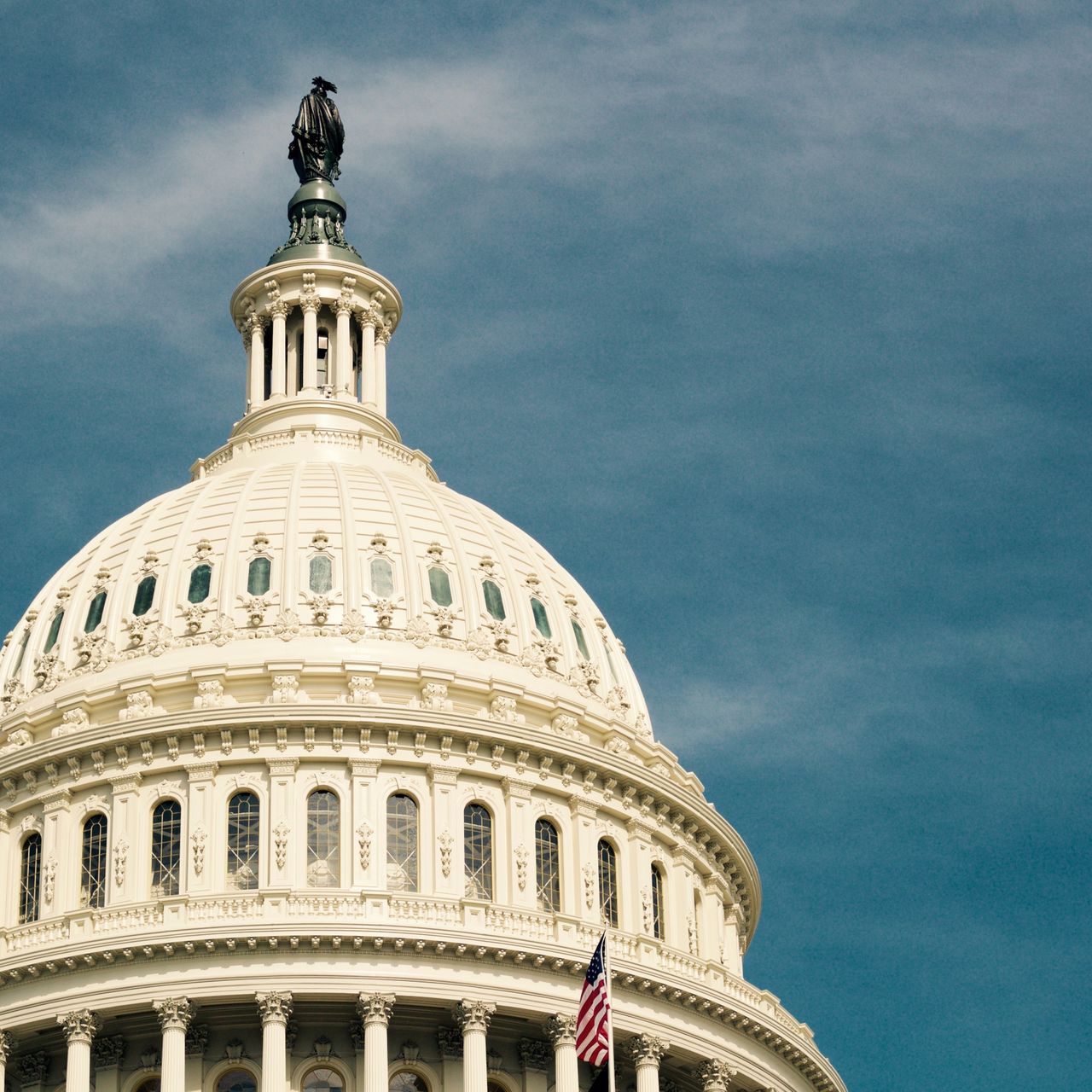Congressional primaries for one U.S. Senate seat and 22 U.S. House seats were held in Connecticut, Minnesota, Vermont, and Wisconsin on August 11, 2020. Georgia also held four primary runoff races.
Five U.S. House seats were on the ballot in Connecticut. All five incumbents, all Democrats, filed for re-election and faced no primary opposition. Connecticut cancels uncontested primaries and candidates for those seats advance automatically. Only two congressional primaries appeared on the ballot—Republican primaries in Connecticut’s 1st and 2nd districts. As of August 13, the New York Times had not called either contested race.
One U.S. Senate seat and eight U.S. House seats were on the ballot in Minnesota. All nine incumbents filed for re-election: six Democrats and three Republicans. Two incumbents, Jim Hagedorn (R-1) and Angie Craig (D-2), were unopposed and advanced automatically. All seven remaining incumbents faced challengers in the primary. No incumbents lost their bids for re-election.
Vermont’s at-large U.S. House seat was the only congressional seat on the ballot. Incumbent Peter Welch (D) defeated one challenger to advance to the general election. Welch faces Republican primary winner Miriam Berry and the winner of the Vermont Progressive Party primary. As of August 13, that race had not been called.
Eight U.S. House seats were on the ballot in Wisconsin. Seven incumbents are seeking another term: three Democrats and four Republicans. District 5 incumbent Jim Sensenbrenner (R) did not file for re-election. District 3 incumbent Ron Kind (D) was the only incumbent to face a primary challenger. All seven incumbents advanced to the general election.
Georgia’s 1st, 9th, and 14th congressional districts held primary runoffs after no candidates in the June 9 primaries received a majority of the vote. Districts 1 and 9 held Democratic primary runoffs, and Districts 9 and 14 held Republican primary runoffs. No incumbents competed in the races.
Entering the 2020 election, the U.S. Senate has 45 Democrats, 53 Republicans, and two independents who caucus with the Democratic Party. Only 33 out of 100 Senate seats are up for regular election and two seats are up for special election. A majority in the chamber requires 51 seats. The U.S. House has 232 Democrats, 198 Republicans, one Libertarian, and four vacancies. All 435 seats are up for election. A majority in the chamber requires 218 seats.


